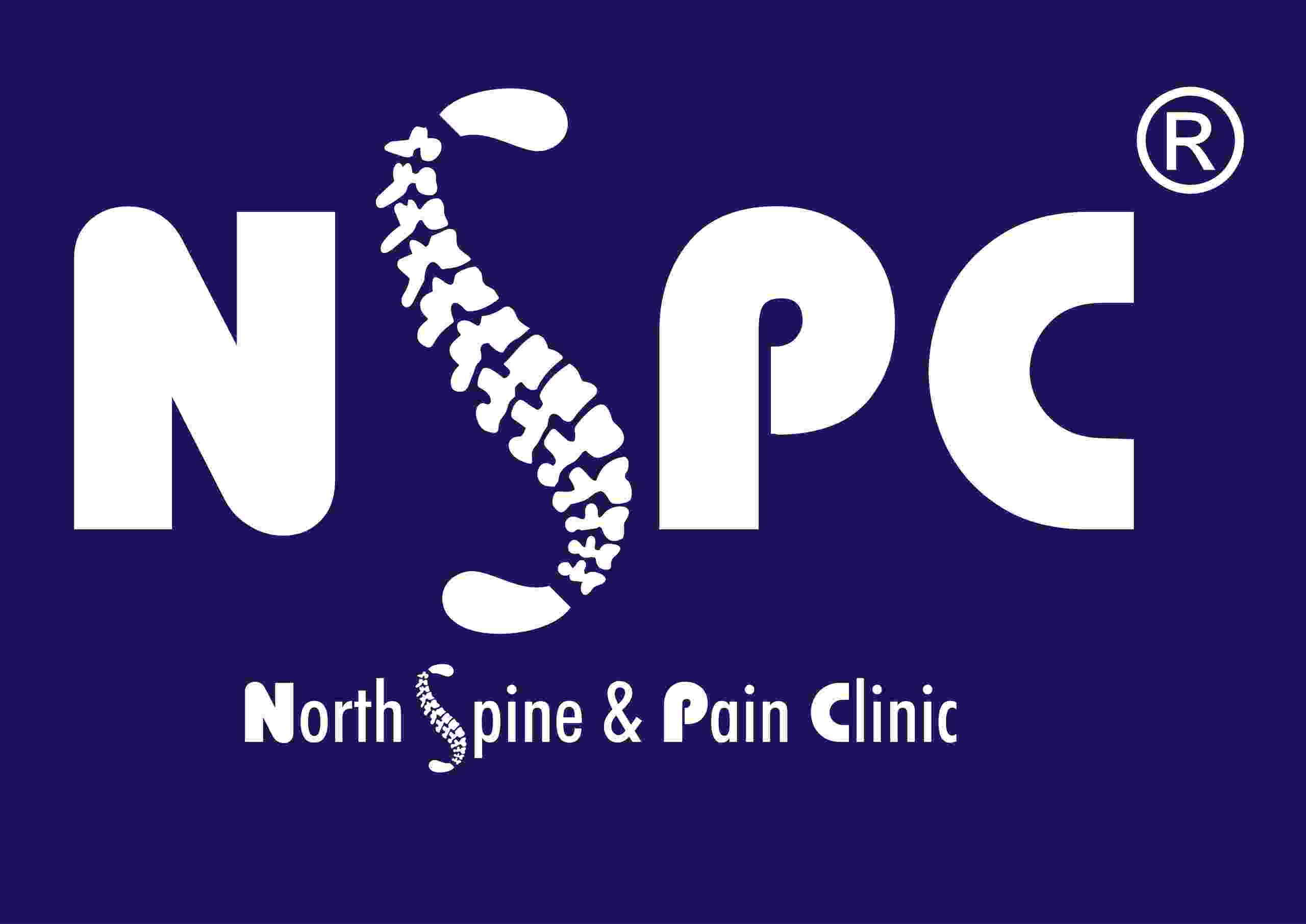
FIBROMYALGIA
What is fibromyalgia
Fibromyalgia is an increasingly recognized chronic pain illness. Main features are widespread muscular and bone aches, pain and stiffness, muscular tenderness, general fatigue and sleep disturbances. The most common sites of pain include the neck, back, shoulders, buttocks and hands, but any body part can be involved.
The definition of myofascial = muscle + fascia (the connective tissue sheath that lies between the skin and muscle and that also planes between muscles). Myofascial Pain Syndrome is commonly known as chronically tight and painful muscles in a specific area with characteristic “trigger points” (knots) in the muscle. These trigger points can either cause localized pain or referred pain to other areas i.e. leg, shoulder, arm, hand etc.
What are the trigger points of fibromyalgia?
Fibromyalgia feel like knots in the muscles. Trigger points develop due to abnormal stress placed upon the muscle (either overload or repetitive stress) and/or due to an incomplete healing process.
What problems do they cause?
PAIN, DYSFUNCTION, DISABILITY. Trigger points also restrict freedom of movement by tethering on spinal and extremity joints, thereby causing joint dysfunction.
How do I know if I have Myofascial Pain Syndrome?
If you have chronic, regionalized or referred muscular type of pain you could develop a myofascial pain syndrome. This condition is initially caused by poor posture, injury, trauma, repetitive/overuse of a body part, lack of exercise and/or poor nutrition or metabolic disease.
Myofascial pain syndrome is a chronic pain disorder. In myofascial pain syndrome, pressure on sensitive points in your muscles (trigger points) causes pain in seemingly unrelated parts of your body. This is called referred pain.
Myofascial pain syndrome typically occurs after a muscle has been contracted repetitively. This can be caused by repetitive motions used in jobs or hobbies or by stress-related muscle tension.
While nearly everyone has experienced muscle tension pain, the discomfort associated with myofascial pain syndrome persists or worsens.
Trigger points are highly sensitive areas within the muscle that are painful to touch and cause pain that can be felt in another area of the body, called referred pain.
Trigger points might be “active” or “latent.” An active trigger point is always sore and can prevent the full use of the muscle, leading to weakness and decreased range of motion. A latent trigger point does not cause pain during normal activities, but is tender when touched and can be activated when the muscle is strained, fatigued, or injured.
Other symptoms associated include a sensation of muscle weakness, tingling, and stiffness. The pain associated might also lead to problems sleeping.
Chronic Myofascial Pain is believed to be a disorder of the muscle itself while Fibromyalgia syndrome is believed to be a disorder in the way the brain processes pain signals. FMS is usually associated with more widespread pain and other symptoms that do not affect muscles including sleep disruption, irritable bowel syndrome, fatigue throughout the body, and headache.
Myofascial pain can occur in distinct, isolated areas of the body, and because any muscle or fascia may be affected, this may cause a variety of localized symptoms. More generally speaking, the muscular pain is steady, aching, and deep. Depending on the case and location the intensity can range from mild discomfort to excruciating and “lightning-like”.[2] Knots may be visible or felt beneath the skin.
Interventional Pain and Spine Centre, Delhi, India – 110085, with its branches (contact) at Rohini, Ashok Vihar, Punjabi Bagh, Pitampura, Dwarka, Paschim Vihar (Delhi) and Rohtak (Haryana) is the most advanced Pain Management clinic (best hospital for slip disc treatment) for Chronic Myofascial Pain treatment
